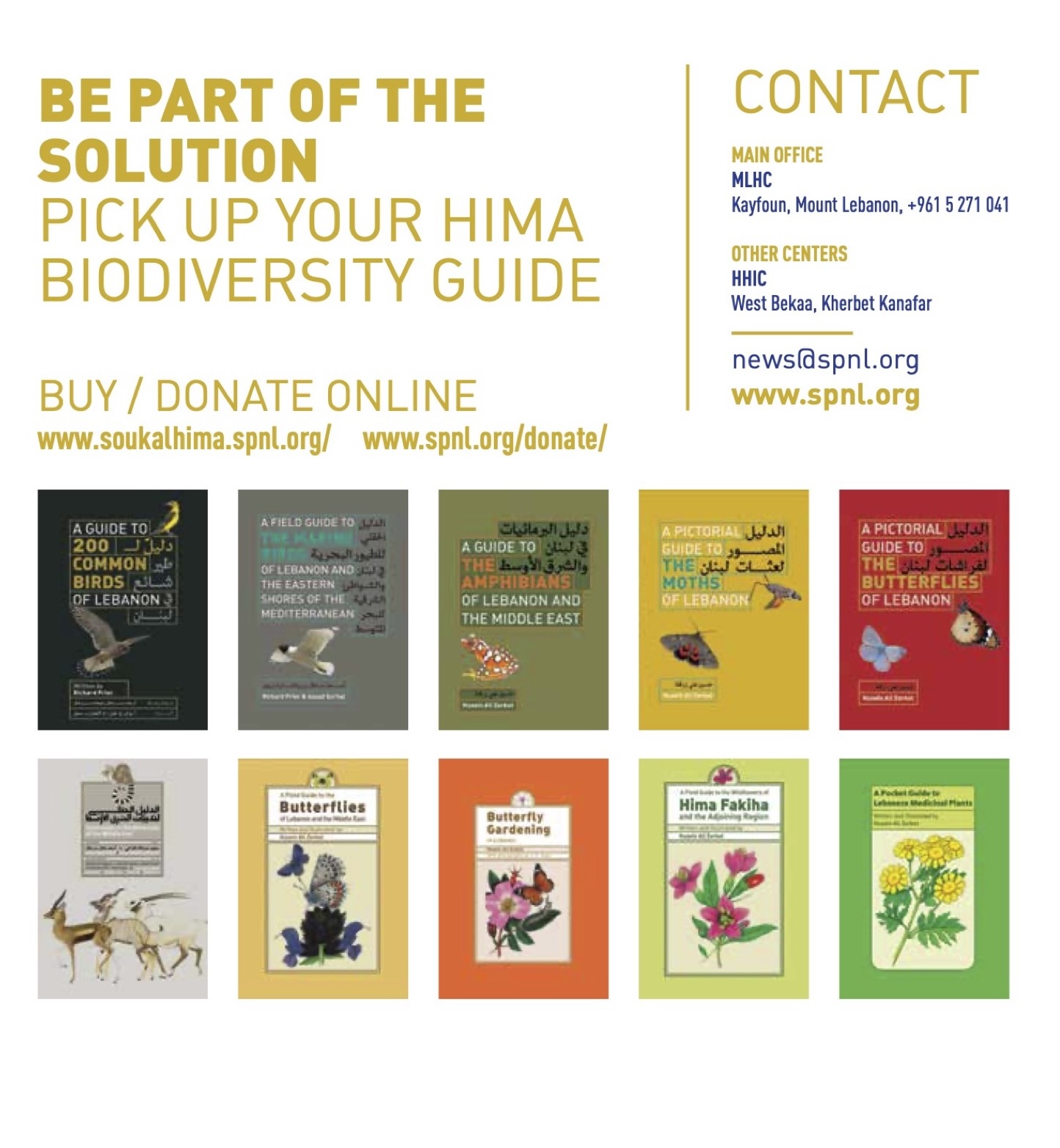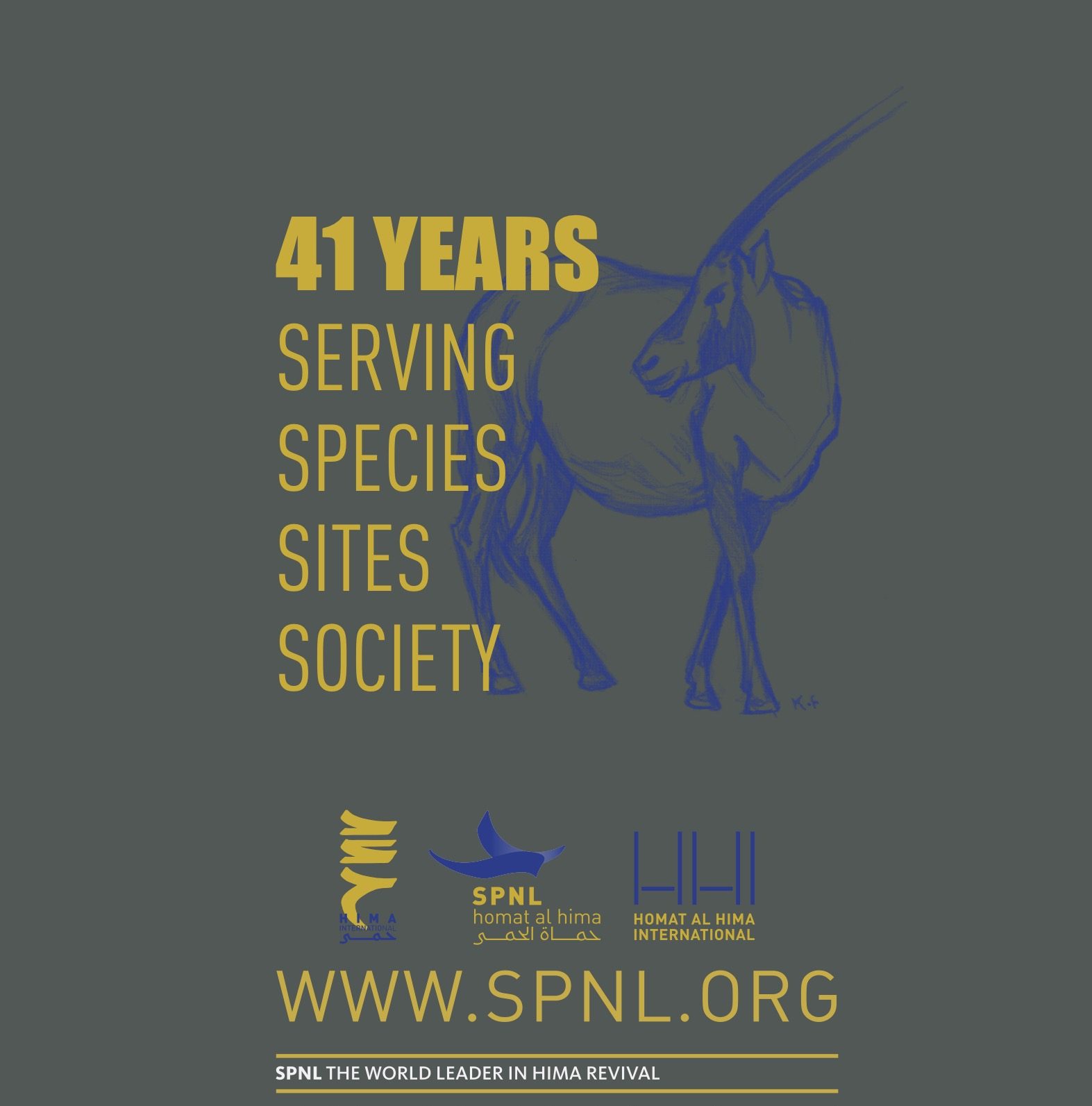Lebanon is at a crossroads: its protected areas, recorded in the World Database on Protected Areas (WDPA), reveal both achievements and gaps in the nation’s environmental stewardship.
A Landscape Defined by Nature and History
Lebanon’s geography is deceptively small—just over 10,000 square kilometers of land and nearly 19,000 square kilometers of marine territory. But within this compact territory lies extraordinary diversity: snow-capped cedar forests, karst caves, coastal wetlands, and marine ecosystems teeming with life.
The August 2025 update of the WDPA highlights 53 officially recognized protected areas across Lebanon. Of these, 44 carry national designations, ranging from nature reserves to the traditional Hima system of community conservation, while others are linked to international frameworks such as Ramsar wetlands and UNESCO biosphere reserves.
What makes Lebanon unique is not only the presence of global conservation models but also the integration of ancestral systems. The Hima, a centuries-old practice of communal land management revived by the Society for the Protection of Nature in Lebanon (SPNL), has found its way into the WDPA alongside more conventional categories. This recognition places Lebanon among a handful of countries where cultural heritage is formally tied to biodiversity protection.

Numbers Behind the Green
The statistics are both encouraging and sobering. Lebanon’s terrestrial and inland waters protected areas cover 1,247 km², or 12.2% of its landmass—a respectable figure compared to the global Aichi Target 11 of 17%.
But the story changes at sea. Out of nearly 18,857 km² of marine and coastal waters, only 44 km² (just 0.23%) fall under some form of protection. This glaring gap has significant consequences: Lebanon’s fisheries are overexploited, seagrass meadows are shrinking, and charismatic species such as sea turtles and monk seals remain threatened.
The effectiveness of management is another critical metric. While nine protected areas have undergone management effectiveness evaluations, they represent just 1.18% of terrestrial sites and 0.21% of marine sites. In other words, most areas remain without systematic assessment of whether they are achieving conservation goals.
Categories and Governance
The WDPA uses IUCN management categories to classify sites. In Lebanon, nearly half of the sites (50.94%) fall under Category VI, meaning they allow for the sustainable use of natural resources. Another 32% are classified as wilderness areas (Category Ib), while the rest are either unreported or not assigned.
Governance tells an equally layered story. Of the 53 areas, 28 are under collaborative governance—a model that often involves partnerships between the government and local communities or NGOs. Another 19 are government-delegated, while a handful are managed by non-profits or lack clear reporting.
This governance mosaic reflects Lebanon’s fragmented but pluralistic environmental system. On one hand, decentralization allows communities to play a role; on the other, it risks uneven standards and accountability.
The Global Context: WDPA and OECMs
Lebanon’s protected areas do not exist in isolation. They are part of the World Database on Protected Areas (WDPA), the most comprehensive global record of conservation sites, maintained by the UNEP-WCMC and IUCN.
Established in 1981, the WDPA is more than a dataset; it is a tool for measuring progress toward international biodiversity goals such as the Convention on Biological Diversity’s Aichi Targets and the Sustainable Development Goals (SDGs). For Lebanon, being part of this global system ensures visibility, accountability, and access to international support.
Since 2019, the WDPA has been linked with a newer concept: Other Effective Area-Based Conservation Measures (OECMs). Unlike traditional protected areas, OECMs are places not primarily designated for conservation but that nonetheless achieve biodiversity benefits—such as sacred groves, community-managed fisheries, or military zones where human access is limited.
Interestingly, Lebanon currently reports zero OECMs, despite the presence of many traditional systems that could qualify. Recognizing and reporting OECMs could significantly boost Lebanon’s conservation statistics and reflect the reality on the ground.
Success Stories: Cedars, Wetlands, and Biosphere Reserves
Among Lebanon’s 53 protected areas, several stand out as success stories.
-
The Shouf Biosphere Reserve, Lebanon’s largest, protects cedar forests that once symbolized the wealth of the Phoenicians. Today, it is a UNESCO Biosphere Reserve, covering 5% of Lebanon’s territory and serving as a model of eco-tourism and community engagement.
-
The Aammiq Wetland, a Ramsar site, is one of the last remaining inland wetlands in the country. Once threatened by drainage and pollution, it now attracts migratory birds and is recognized internationally for its biodiversity.
-
The Tyre Coast Nature Reserve, one of the few marine protected areas, harbors nesting beaches for endangered sea turtles. Despite pressures from coastal development, it remains a vital sanctuary for marine biodiversity.
These sites illustrate what is possible when local stewardship, international recognition, and scientific monitoring converge.
Challenges: Gaps, Pressures, and Data
Despite these successes, the system faces multiple challenges.
Marine Conservation Gap
The tiny fraction of marine areas under protection leaves ecosystems highly vulnerable. Expanding marine protected areas (MPAs) is urgent if Lebanon is to align with the global 30×30 target—protecting 30% of land and sea by 2030.
Effectiveness and Enforcement
Having a protected area on paper is not enough. Without management plans, enforcement mechanisms, and regular evaluations, protection remains nominal. Illegal hunting, logging, and fishing continue to plague many sites.
Data Transparency
Lebanon restricts public access to information on 45 protected areas, citing sensitivity concerns. While this protects certain datasets, it also hinders transparency and international collaboration. The WDPA stresses the importance of standardized and verifiable data.
Political and Economic Instability
Economic collapse, governance crises, and ongoing political instability make conservation a low priority. Funding shortages affect staff, monitoring, and community projects.
The Role of Communities and NGOs
If there is a silver lining, it lies in the resilience of civil society. Organizations like SPNL have revived the Hima system, embedding conservation in local identity and livelihoods. In places where the government is absent, communities often act as de facto custodians of biodiversity.
Collaborative governance, already the most common model in Lebanon, could become the cornerstone of future conservation. By empowering municipalities, cooperatives, and NGOs, Lebanon can ensure that conservation is not seen as imposed but as locally owned.
A Future Vision: From 12% to 30%
The next five years will be decisive. Lebanon’s terrestrial coverage of 12.2% is close to the old Aichi target but falls short of the ambitious 30×30 goal. Marine coverage, at 0.23%, is a glaring shortfall. Bridging this gap will require bold steps:
-
Expanding Marine Protected Areas along ecologically important coasts.
-
Recognizing OECMs, especially Hima sites and traditional systems, within the WDPA framework.
-
Strengthening management effectiveness, ensuring that protection is real, not just on paper.
-
Leveraging international partnerships, from Ramsar to UNESCO, to attract funding and technical support.
Conclusion: Lebanon as a Conservation Mosaic
Lebanon’s protected areas are more than conservation units. They are a mosaic of traditions, international obligations, and community initiatives. They tell a story of resilience in a country that has seen war, crisis, and upheaval but still holds onto its cedar forests, wetlands, and coasts.
The WDPA data reveal progress—12.2% of land protected, 53 recognized sites—but also highlight glaring gaps, particularly at sea. To move forward, Lebanon must blend the wisdom of its Hima heritage with the rigor of international frameworks, ensuring that nature conservation becomes a pillar of national recovery.
In the words of an old Lebanese proverb: “He who plants trees, loves others besides himself.” Protecting Lebanon’s landscapes is not only an act of love for nature but a promise to future generations.






